Behind The Board Games: Tim Korklewski, Creator Of Ragnarok
March 28, 2019 by brennon
Get the perfect soundtrack ready as Ragnarok: Heavy Metal Combat In The Viking Age is coming to tabletops soon from Osprey Games.
We were very fortunate to be able to talk with Tim Korklewski, creator of Ragnarok and learn more about the game and the author himself.
Ben: Hi Tim, could you tell us a bit more about yourself and how you got started in game design?
Tim: I have been a life-long gamer that started with Dungeons & Dragons back in middle school. After I graduated and moved around, I always managed to find groups to play with and one of my longer-running groups wanted to move on to something besides D&D to play during our Saturday Night Sessions. It was then that I started messing with rules and mechanics to try different things on an RPG scale.
During that same time, I was still pretty involved with some local players of Warhammer 40,000 and at that time we also started playing Warmachine and Malifaux. All of these games sparked an interest in trying to create rules for miniatures as well since each had its own unique way of handling conflict management.
What really got it all rolling was just reaching out to companies that were doing playtest for new editions of games or brand new games. After working hard to not only add the flavor that the various games wanted and to strive to keep balance, I was invited to volunteer for some of the companies at conventions to help run the booth, demos, and games. It also gave me a chance to peek at a lot of new, unannounced things behind the scenes to see what they were doing!
Eventually, this led me to a job at CMON, Inc. While there, I was in charge of direct to retail sales as well as dealing with distribution sales. Working there in the office literally ten feet down the hall from game designers led me helping out more as a contributor on many games, especially Dark Age. I worked with the design team to create a slow-grow league, the campaign system (both can still be found on the Dark Age web page for your enjoyment) and helped with many other games as well. Seeing it all from that “boots on the ground” perspective with so many of their properties really helped guide me in my current game design.
B: When Ragnarok popped up we were excited to learn more about it, could you tell us a bit more about the background for the game?
T: Sure. I have always been a fan of the in-your-face and sometimes comic book feel of fantasy and I grew up listening to heavy metal music. Vikings have always been a symbol in fantasy AND heavy metal, a group who do not care what you think and are going to do what they want. They will also grind anyone underfoot who tries to stop them.
After creating the Morpheus Engine, I wanted to really push its limits. Going back to my roots, I decided I wanted to make an over-the-top miniatures game. Naturally drawing from “heavy metal Vikings” seemed like a good idea so I came up with the concept of Ragnarok: Heavy Metal Combat in the Viking Age.
In Ragnarok, the world comes to an end in a different way. Nidhogg, the Malice Striker, still escapes from Yggdrasil, but he has grown far more powerful than even the Norns imagined. He breaks free with such a force that he rips the roots of Yggdrasil free as he flies into the Abyss. Yggdrasil literally falls on its side, smashing the realms together. Asgard, being at the top of the tree, took the most damage. It hit with such a force that it literally exploded, killing all of the Aesir in one calamitous act.
Now all of the remaining realms are in total chaos after The Shattering. Giants are able to march freely between realms, conquering and destroying as they see fit. Legions of undead are crawling their way out of Hel and wreaking havoc everywhere.
The War Clans that each player controls start out as mere mortals but through combat and resolve they will rise to become the New Gods of the Fractured Realms.
B: One of the key defining mechanics of the game is the use of Godspark. Could you tell us a bit more about that?
T: Godspark, from a narrative perspective, is literally the energies of the dead Aesir that float among the Fractured Realms. The War Clans have learned how to harness this Godspark and have begun tapping into the God Powers of the dead Aesir.
Mechanically, Godspark is generated by being awesome. The better you roll, the more Godspark you generate. It is stored in a pool that any War Clan model can use to activate God Powers. Each God Power has an initial cost to use and many of them have multiple ways that they can be “Boosted” with the expenditure of more Godspark. For example, if you have the God Power Thunderous Blows (Thor’s ability to channel lightning through weapons), you can spend more Godspark to make the lighting far more powerful than its base rating.
B: I'm a big fan of narrative and campaign-based games and Ragnarok delves into that. How do your warbands and heroes evolve as the game develops?
T: There is a catch-all currency to the game called Glory. Glory is generated through playing and winning Scenarios as well as completing Secondary Objectives and destroying Encounter Models. Glory is then used to improve the various Stats on your warriors, improve the efficiency of God Powers, Gain new God Powers, obtain new warriors (including beasts and monsters that you slay during the game), gain new magical weapons and gear, and many other things.
In addition to Glory, at the end of every game, each player will enter the Raiding Phase. This will gain them a certain amount of rolls on the Raiding Table based upon warriors that survived the previous game. The items they might find on a raid range from standard weapons, new God Powers, Legendary Items (such as Mjolnir), elemental runes, magical armour, and many other things.
B: Additionally, a key aspect of the game is that it can be played a variety of different ways. One of those is multiplayer. Can you tell us a bit more about why you decided on that and if there were any roadblocks in getting this to work?
T: From the beginning I wanted Ragnarok to be a game that multiple people could play at once for the simple “rule of cool” factor. The only real roadblock that I had along the way focused on how to scale it up from just being a two-player game to getting six players on a single table at once. Since I knew that I wanted the game to have a multiplayer option from the beginning, I simply had to take more care in handling the Scenarios and set-up.
For the actual table itself, Ragnarok is played on a 3ft by 3ft table for a two player game. For three to four players, the table jumps to a 4ft by 4ft table. For five to six players, the table increases to a 6ft by 4ft table.
The only changes that happen in multiplayer games aside from the table is the length of time a game takes to play. Typically, games of Ragnarok will last anywhere from an hour to an hour and a half. It will increase in time length with multiple players.
B: It seems like you've really delved down into the mythology and history of the Vikings. What were some of the coolest stories you uncovered whilst writing the game?
T: I did A LOT of research into Viking culture and Mythology! Some of the coolest things that popped up in much of what I found is that there is an overarching “attitude” that nobody and nothing is unbeatable. For example, there would be nothing stopping a mortal from defeating Thor, Odin, Loki, Sif, or any God in a battle of wits or blades. All it takes is resolve, skill, and courage to do so. Finding this little bit of theme in the beginning really helped bring it all together.
B: I would imagine you've enjoyed quite a lot of games of Ragnarok yourself in testing. Do you have any standout moments from your time developing the game?
T: I have many! Probably the biggest one that stood out was when we were playtesting some really powerful War Clans. They all had lots of God Powers and many could take out even the most dangerous Encounter Models in one to two rounds without really breaking a sweat.
We had a scenario where both Jarls ended up at the top of a cliff in melee combat, duking it out. One player ended up starting a forest fire to chase out some models hiding in them. During my activation, I had my Speider (scout) fire some enchanted arrows at the enemy Jarl. He activated the God Power Struck By No Mortal and literally parried the arrows into two of my own models, injuring both.
On his Jarl’s activation, he spent a large amount of Godspark to activate the God Power Stand Aside and boosted the Push ability he had to its max. Just as the blow was going to hit, I activated the God Power Ward of Truth and maxed it out, giving my Jarl an insane amount of resilience. The enemy Jarl’s blow struck, sent my Jarl flying off of the cliff and into the burning pine forest.
Typically, I would have taken damage from the strike, the fall from the cliff, burning damage from the forest, and impaling damage from the sharpened pine branches, but, because I rolled amazingly on my saves, my Jarl was sent flying into a fiery maelstrom and walked out the next round without a scratch on him.
The other player stood there for a moment, observed the board and said...
“for Scenario objective and game winning strategy, absolutely nothing happened; but that was awesome!”
B: Could you tell us a bit more about the monsters and creatures that you can encounter in the game and how they come up in your scenarios?
T: There are sixty-seven Encounter Model entries in the book that ranges from Stags and Wolves all the way up to Fire Jotunn and Linnormr.
Before the game begins the players work together to fill out a small Encounter Chart. Each player takes turns on what they want to encounter until all six slots are filled in. This chart can be as narrow or as expansive as the players and their miniatures collection allow. If players really want to encounter a specific creature, that creature’s entry can be added multiple times.
At the end of each round, one player will roll 1d6. If the die roll plus the round number equals eight or more, they will roll an additional d6, consult the Encounter Chart, and summon that entry onto the board.
There are also certain Scenarios in the book that will start with Encounter Models on the board.
B: There are a lot of great Viking/Dark Age miniatures out there on the market. Could suggest some options to players coming to the game anew? For example, we know about the Northmen Kickstarter from Bronze Age Miniatures.
T: I have always been a fan of “miniatures agnostic” games where players can use whichever models they choose but I am aware that some folks need a certain nudge in a direction to obtain their collections for the games as well as helping brick-and-mortar retailers stocking lines for the game.
I have certain “Official” companies that I have worked with that I think fits the look and feel of Ragnarok well.
Bronze Age Miniatures is definitely on the top of that list. David Soderquist does a fantastic job of capturing the “traditional” look of the Vikings while giving them a very Frank Frazetta Conan feel.
Andy Hobday at War Banner also is heavily featured with their Viking range as well as their Skraelings (for the first expansion).
For many of the monsters and beasts, Ed Pugh at Reaper Miniatures has given his blessing to have the huge Reaper line used in the book.
Last, and definitely not least, Annie Norman from Bad Squiddo Games has some of the absolute best female Vikings out there, hands down!
B: When can we expect to see Ragnarok land on tabletops?
T: Barring any type of printing errors, we should see Ragnarok hit tabletops on May 30th, 2019.
Fantastic Tim, it was great to talk to you and we can't wait to delve further into Ragnarok in the future and get some games played on the tabletop!
We hope this interview has given you a good idea of what to expect when it comes to Ragnarok: Heavy Metal Combat In The Viking Age and maybe you'll begin your journey towards becoming one of the new gods!
Supported by (Turn Off)
Supported by (Turn Off)
Supported by (Turn Off)































![TerrainFest 2024 Begins! Build Terrain With OnTableTop & Win A £300 Prize! [Extended!]](https://images.beastsofwar.com/2024/10/TerrainFEST-2024-Social-Media-Post-Square-225-127.jpg)









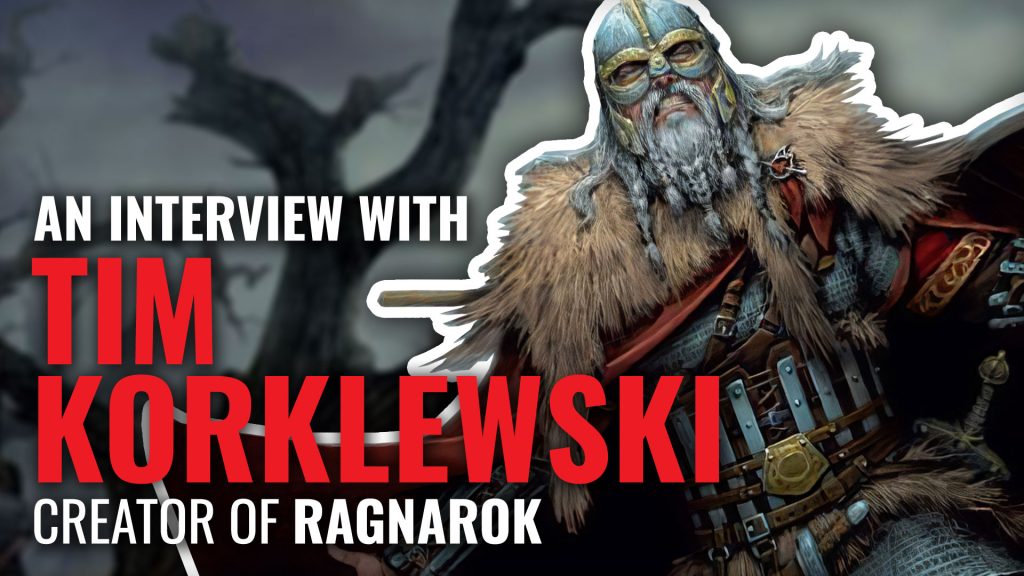
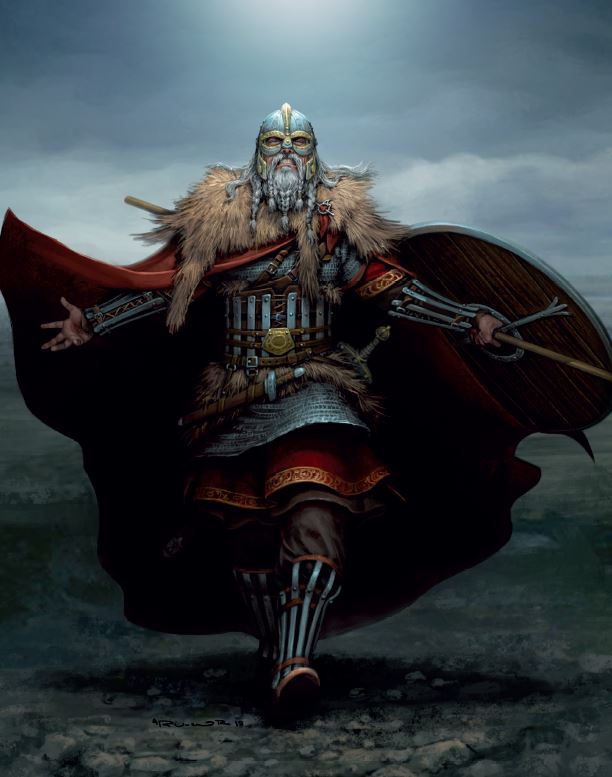

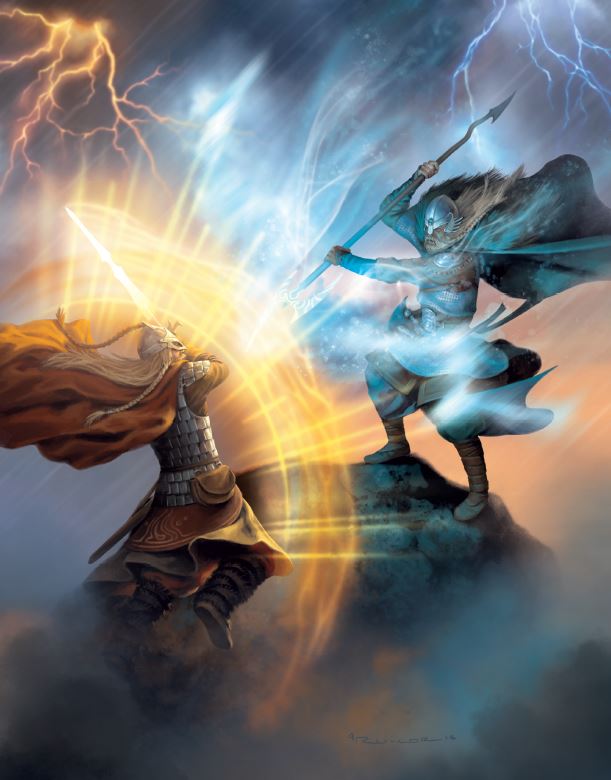

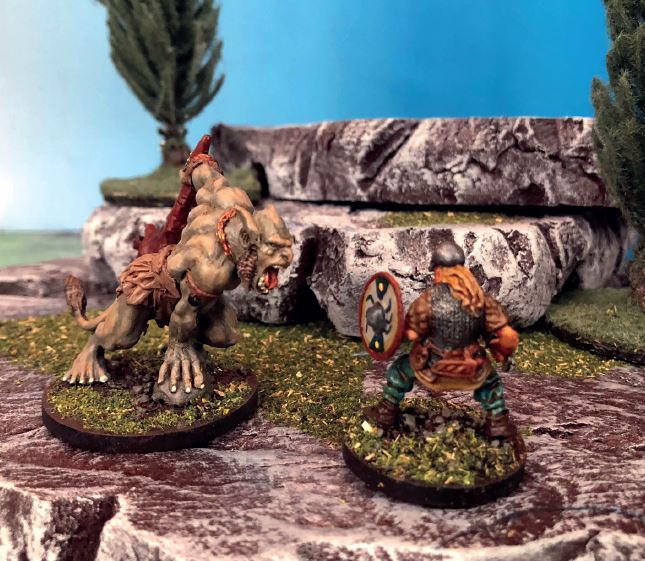
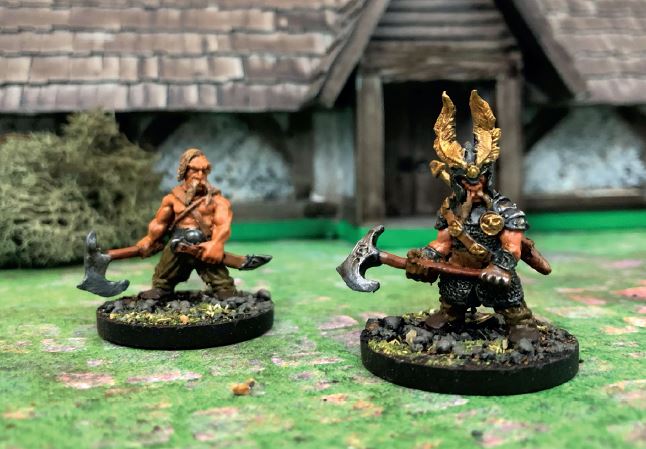



































Great interview, Ragnarök sounds awesome!